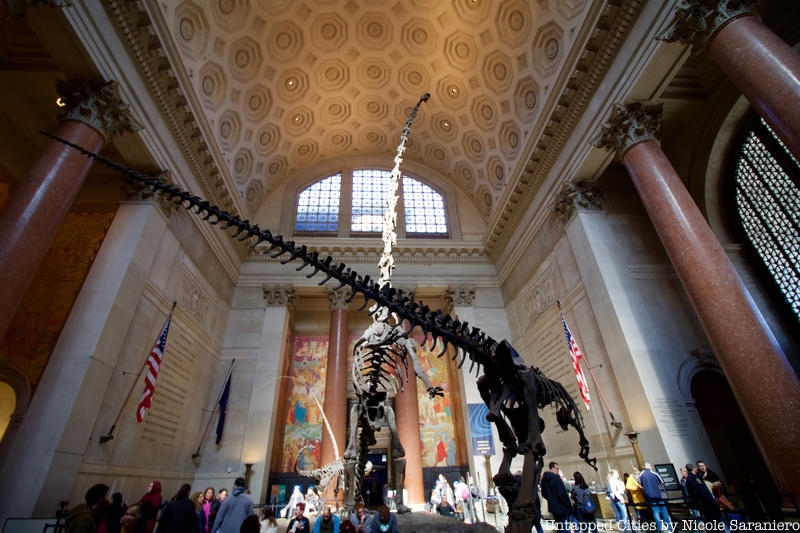3. The American Museum of Natural History Almost Closed

During its early days at both the old and new locations, the museum ran into financial troubles, mostly because it bought expensive collections; in 1874 it purchased a fossil invertebrate collection for $65,000. According to Dinosaurs in the Attic: An Excursion into the American Museum of Natural History by Douglas Preston (who worked for the museum), the museum hoped to pay for it with a public subscription fee. Unfortunately, the public wasn’t interested in the collection, leading to serious debt.
In 1880, with the trustees cracking down on spending and visitors at a low, its president even suggested closing it. But thanks to Morris K. Jesup, one of the founders, the museum still stands today.
Jesup, who then became the museum’s third president, completely transformed the museum to save it. Under his leadership, which lasted over 25 years, he increased the size of the exhibition space from 54,000 square feet to 600,000, increased the number of workers from 12 to 185, and landed an endowment that was over a million dollars. Most importantly, he pioneered the Museum’s practice of sending people on expeditions, propelling it into an era of exploration.
Considering that as of 2014, it has received nearly $50 million from visitor donations and admission fees, it’s hard to imagine the museum’s former emptiness.





